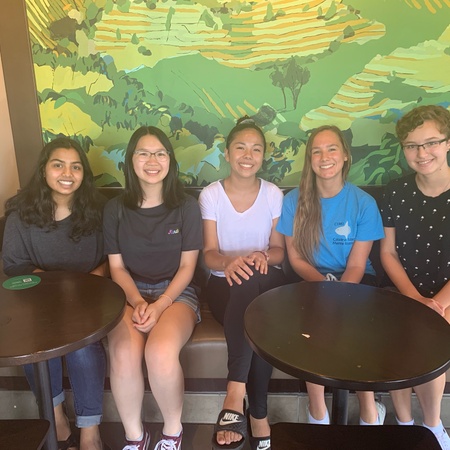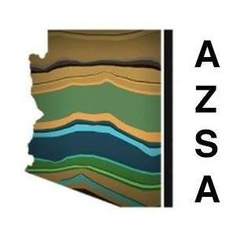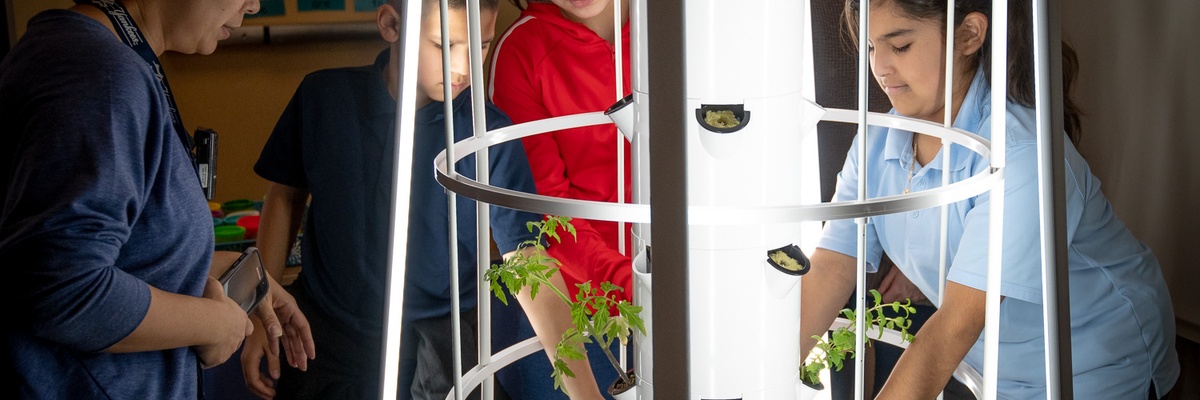

The Idea
Classrooms across Arizona have been using vertical, aeroponic gardens to grow food. This project allows your school to explore food growing in the classroom, educating kids on where food comes from and learning about the nutritional and environmental impacts of different food types. The gardens come equipped with lights for optional indoor growing, a dolly so that it can be transported easily, and a cage to support plant growth. Water is housed in the base of the garden and is distributed to the plants through a pump mechanism that runs water to the top of the garden. When the water trickles down from the top of the garden it nourishes roots with mineral inputs. Applying water directly to the roots helps to conserve water and support accelerated plant growth.
The versatility of the garden is what makes it ideal for a classroom setting. The garden can grow indoors or outdoors, it can be moved from place to place, and can grow most fruits, vegetables, and herbs, excluding root crops. All plants grow in a net pot that can be easily removed from the garden frame for educational purposes, or to replace it with a new plant. All the garden requires is water and nutrient inputs every 2-4 weeks, depending on what is being grown and where.
You'll get a step-by-step guide on how to start a food growing project in your school, support from an experienced team at the Arizona Sustainability Alliance and funding to purchase your vertical school garden, seeds and equipment you need to maintain your garden on an ongoing basis. Get Started
The Idea
Classrooms across Arizona have been using vertical, aeroponic gardens to grow food. This project allows your school to explore food growing in the classroom, educating kids on where food comes from and learning about the nutritional and environmental impacts of different food types. The gardens come equipped with lights for optional indoor growing, a dolly so that it can be transported easily, and a cage to support plant growth. Water is housed in the base of the garden and is distributed to the plants through a pump mechanism that runs water to the top of the garden. When the water trickles down from the top of the garden it nourishes roots with mineral inputs. Applying water directly to the roots helps to conserve water and support accelerated plant growth.
The versatility of the garden is what makes it ideal for a classroom setting. The garden can grow indoors or outdoors, it can be moved from place to place, and can grow most fruits, vegetables, and herbs, excluding root crops. All plants grow in a net pot that can be easily removed from the garden frame for educational purposes, or to replace it with a new plant. All the garden requires is water and nutrient inputs every 2-4 weeks, depending on what is being grown and where.
You'll get a step-by-step guide on how to start a food growing project in your school, support from an experienced team at the Arizona Sustainability Alliance and funding to purchase your vertical school garden, seeds and equipment you need to maintain your garden on an ongoing basis. Get Started
Pictured below are updates from our vertical garden! For about a quarter, our group maintained the vertical garden with the Accelerated Middle School students. We grew various plants, including produce such as Bibb Lettuce, Rainbow Chard, Kale, etc. At the end of the quarter, we had our very first harvesting party! Multiple students brought in salad toppings, including things such as carrots, strawberries, dressings, etc. The students had a lot of fun harvesting the vertical garden, as well as eating the produce they worked hard to grow throughout the year. We're excited to do more work on our vertical garden!
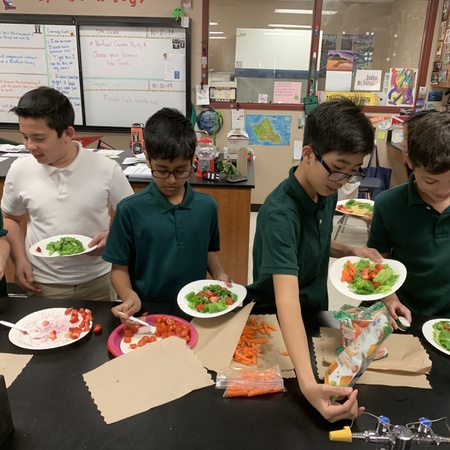
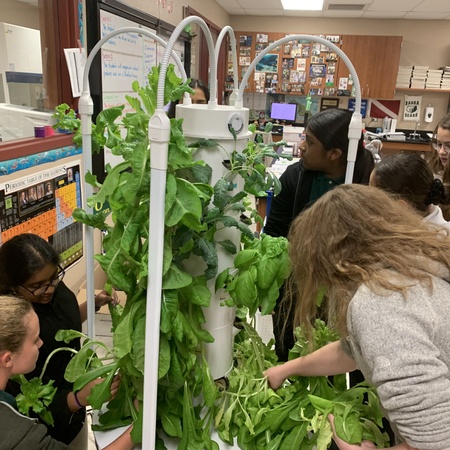
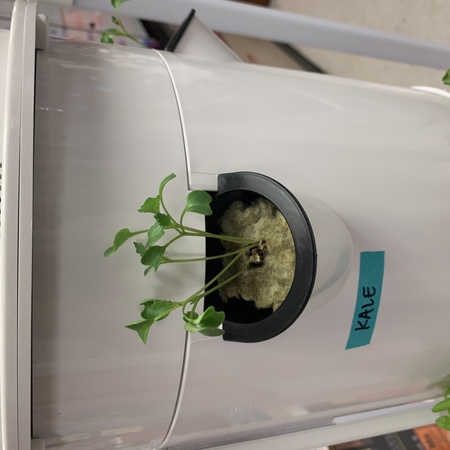
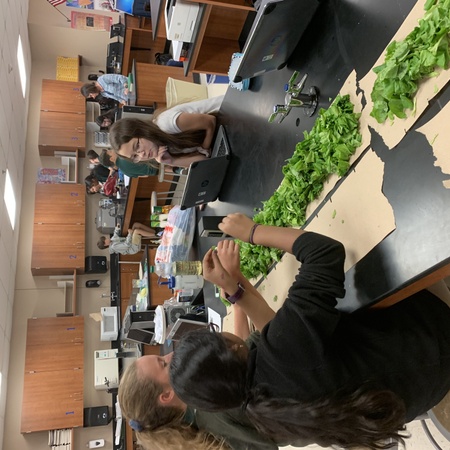
We are currently a month into our Sow It Forward garden project! The funding allowed us to order our garden, materials to help with plant growth, etc. Tearsa from the Arizona Sustainability Alliance was a great help when she came into the middle school class for helping with the initial set-up! Regarding the students, we currently work with a class of 7th-grade students from the Accelerated Middle School at Basha High School! Every week, students from our Sow It Forward team meet with the class to help with the maintenance of the garden. Working with the teacher, Mrs. Thornton, we have been able to set up a chore list that kids rotate on, in order to ensure that all students have an opportunity to help with the garden throughout the year. In this image, students are shown setting up lights on the vertical garden. Many of the students have already told us that they have never tried gardening before, especially with a vertical garden, and this project has been able to give them a new perspective on environmental science! We are excited to see our plants grow throughout the rest of the year!
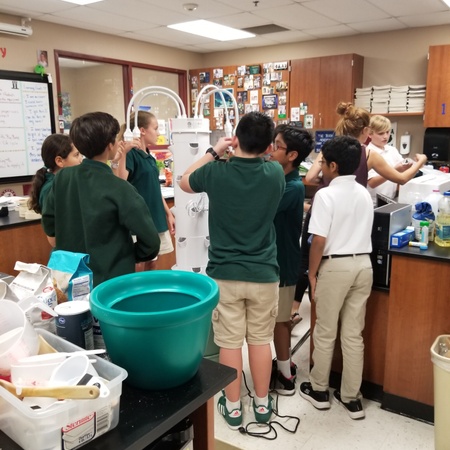
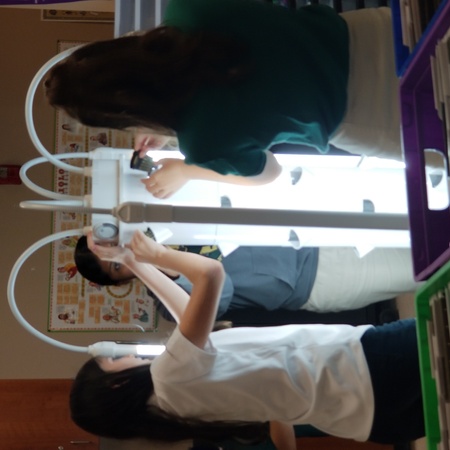

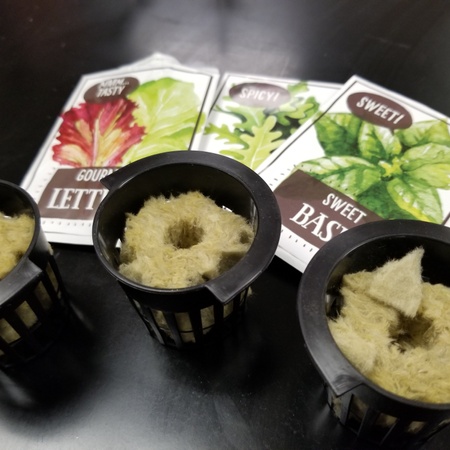
This preliminary meeting focused on the overall introduction of the vertical garden idea and the creation of a rough action plan, which would be implemented starting in August-September (depending on when materials are received). The initial points were the introduction to what a vertical garden is as well as the necessary 4-5 hours of research and the 30-day challenge.
The purpose of this group is to increase sufficient gardening habits in younger children in an effort to increase exposure and spark an interest in gardening. This is imperative due to the lack of vertical gardening practices in Arizona, as well as the lack of gardening as a potential hobby; which, with the consistent implementation of vertical gardening in middle schools, can possibly help fix these large issues in Arizona. This ties to the belief of a direct correlation between a child’s upbringing and environment to the creation of changemakers in the future. All of these ambitions will be filled with the establishment of a vertical garden in a middle school classroom. After our team and Tearsa dedicate a day of class to teaching the students about the vertical garden, the children will be the main caretakers of the plants, learning how to properly care for the plants and enjoying the benefits (the harvest) of the plants. Our group, consisting of 5 high school students, will visit weekly to check up on the garden, as well as discuss the ongoing process with the middle school students. The main organization system would be based on a “chore”-like chart, which would contain various duties such as checking water levels, minerals, and harvesting the plants.
A budget outline was also established, with the assumption of having an initial $1,100, $400 in three months, as well as additional money requested as needed. The initial $1,100 will be going towards necessary materials to build the vertical garden and to begin the gardening process. The $400 will be allocated to the maintenance and upkeep of the vertical gardens. Additionally, we plan on sending biweekly updates, which would later include the request for money for the vertical garden project to continue. Nikita Bharati, the main coordinator of our project, will be putting funds into her bank account and will keep track of all finances and purchases throughout the process.
Lastly, we discussed potential teachers in which the project can center on. All of which are teachers for the AMS (Accelerated Middle School) program here at Basha. School resumes on July 23rd, and we will be confirming the teacher that we will be working with around this time.
